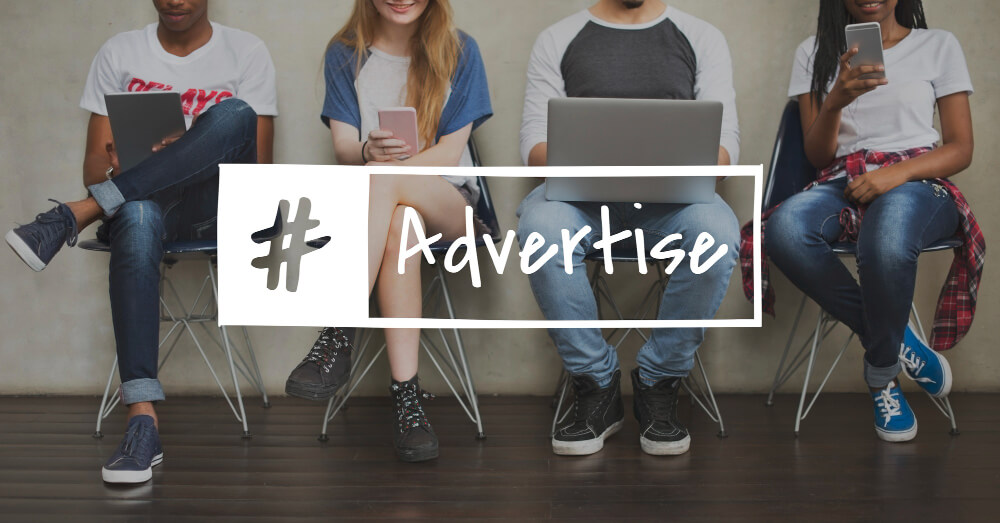I was reading about Agile and Scrum methodologies for project management when I came upon the term ‘User Story’. As an introduction, Agile is a methodology used for software development projects. It provides more control than just stepping through the analysis, design developing, testing, and implementing stages of a project as a whole. The Agile …
Sales & Marketing/
Advertising & PR
When we struggle with performance of any kind, we often hear negative thoughts. I can’t do this…I am not good at this…I don’t like this…When we change our thoughts from NO to YES, we often experience profound shifts in thinking, feeling and performing. This is true of golf, fitness performance, and no doubt many other …
How do you manage your documents to provide consistent and accurate communication? Depending on your organization, how do you control documents in your Technical Communications or Technical Writing Department if some groups or branches have different procedures for writing, gathering data, maintaining, verifying, or even for getting feedback? This can occur in an organization that …
How far have you come on this journey? Are you “there” yet? Sometimes it is hard to see our progress, especially when we are making small changes, changing habits and fine-tuning our existing skills. Maybe it would be helpful for you to go back and see where you were when you started. Were you really …
Part of a Technical Writers job is to create test plans and to communicate it to the Quality Assurance Team. The Technical Writer will be responsible for the standard test plan (see previous posts) for user acceptance testing to be performed, maintenance of an organized list of open issues, verification of resolved issues, and continuous …
Definition – Policies and Procedures involve ensuring control over processes, giving directions, setting standards and following them. In other words, maintaining compliance or preserving requirements. The Policies are a set of rules or guidelines that are decided upon by higher-ups. The Procedures are the steps or processes involved in completing a task. Policies and Procedures: …
W is for Words When we speak our thoughts must be translated and spoken in words, and this is the challenge. What if I forget my words? This worry puts tremendous pressure on us to think about the words, rather than the message or the meaning of the words. When we focus too much on …







